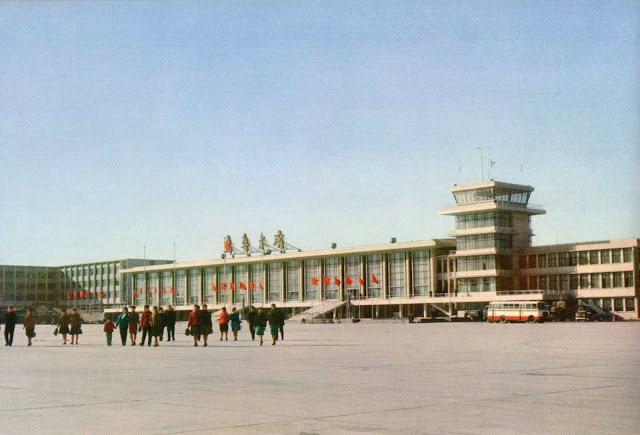Tibet Today. Hardcover book published by Foreign Languages Press, Peking 1974. Text is in English.
Many freed serfs have become politically conscious and now cadres. Among the commune members is Paima (right), member of the Region’s Chinese Communist Party Committee and secretary of the Party branch at Kapang Commune in Chilung County.
Yang Tsung (centre front), freed Tibetan serf, now a member of the Region’s Revolutionary Committee, with committee members.
Tibetan women too, have high political status. Pa Sang (centre), a slave from childhood before liberation, is now secretary of the Party Committee of the Region and chairman of Langshien County Revolutionary Committee.
These former slaves have become coal miners.
Women textile workers of Tibetan nationality.
Nachin Hydro-Electric Power Station.
Another modern hydro-electric power station in construction.
Tsaitanchoka (left), a Tibetan technician of Lhasa Machine Repair Plant, and a worker of Han nationality.
Workers of Lhasa “July First” Farm Machinery Plant at work.
Woman tractor driver.
Apple trees transplanted from the shores of Pohai Bay on China’s east coast bear well in Tibet.
Weather station.
Technicians in a laboratory of Tibet Institute of Animal Husbandry and Veterinary Science.
Making buttered tea.
Milking
Primary school children. Before liberation the sons and daughters of the labouring people had no chance to go to school. Now the region has more than 2,500 schools of various kinds not only in towns but also in the rural and pastoral areas, giving the children of emancipated serfs easy access to schooling.
Border guards opening up waste land.
Tibetan commune members offer buttered tea to a PLA man who is helping the commune with deep ploughing.
PLA men of Tibetan and Han nationalities exchange military skill with the militia.















































